Marketing teams know how hard it is to manage a vast collection of digital assets without a dedicated platform. Yes, you could try sharing rich media assets or digital content using traditional systems like email, but it’ll soon become a bottleneck that ruins your creative efforts.
There’s only one way to solve this problem: Digital asset management software. These tools enable marketing agencies and creative teams to organize, store, and distribute digital assets from one central location to boost transparency and efficiency.
This post will show you some of the best digital asset management (DAM) tools, with a special emphasis on their pros, cons, and pricing policies.
Note: Stay with us to the end because we’ll add a very practical bonus suggestion for marketing teams.
Digital asset management system: A brief overview
Digital asset management tools are software platforms for storing, organizing, retrieving, and distributing digital assets in a centralized manner. These assets can be anything from logos and product images to marketing collateral and creative content.

Here are some of the main benefits of digital asset management systems:
- It’s a centralized repository where you can store all of your assets, so you don’t hunt through multiple folders or cloud storage platforms to find what you need
- DAM software offers robust tagging capabilities that help users assign relevant keywords, descriptions, or categories to different assets
- You can control permissions to grant specific users access to certain assets while restricting access to others
- It simplifies file-sharing by providing secure links or portals for partners, clients, or vendors to access the assets they need
Digital asset management platform: Our top picks
Reports show that the digital asset management industry is worth nearly $4.4 billion. There’s obviously a lot of interest in this type of software, so you’ll find hundreds of more or less similar platforms online. In this section, we’ll focus on some of the best digital asset management systems.
1. CoSchedule Asset Organizer
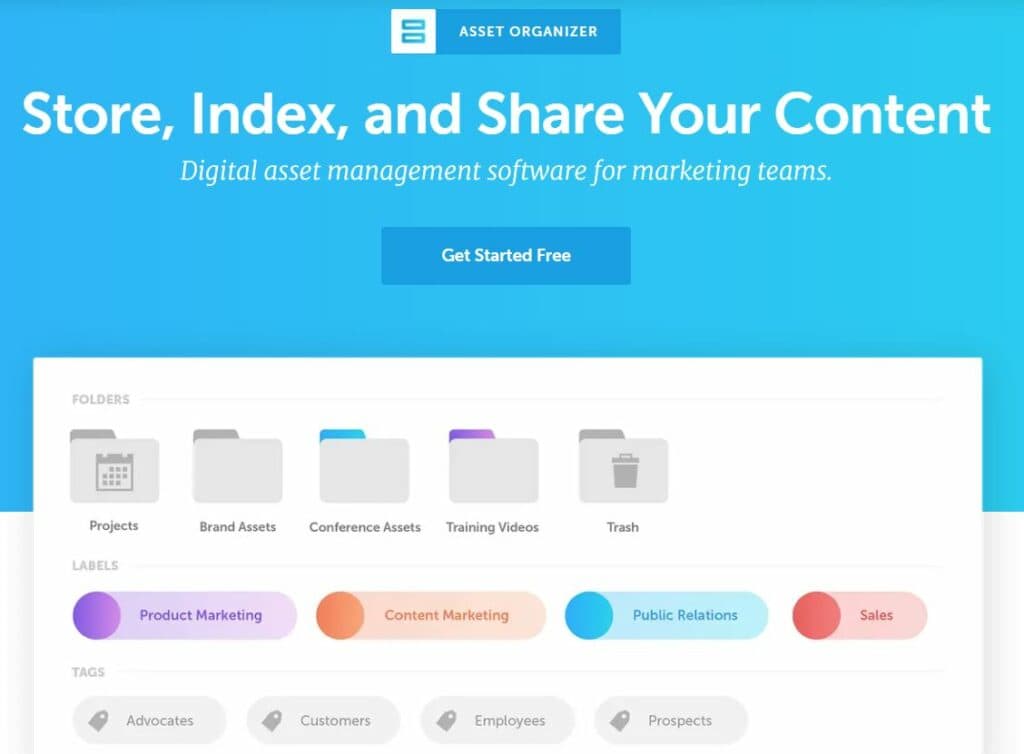
Pros: It prioritizes the latest content versions to avoid working on outdated creatives
Cons: It’s not too flexible in terms of social media content scheduling
Price: Available upon request
CoSchedule Asset Organizer gives you an intuitive platform for organizing digital assets. This DAM software enables you to create custom categories, tags, and folders for easy classification and file identification. The platform gives you full control over user permissions, so you can invite team members and collaborate on projects in real-time.
2. Brandfolder
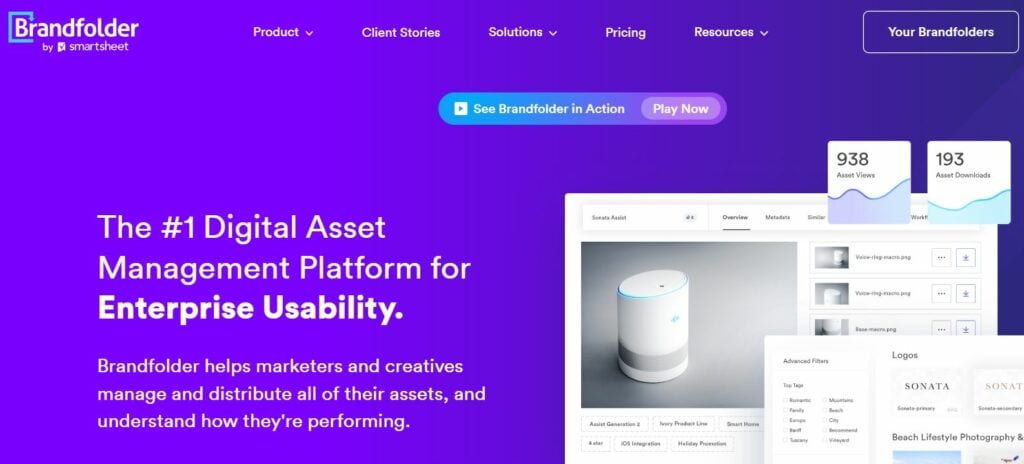
- Pros: It’s easy to share digital files with external contributors and stakeholders
- Cons: It can be overwhelming at first
- Price: Tailored according to your specific needs
If you’re searching for an enterprise-level solution that covers marketing teams and other departments/stakeholders, give Brandfolder a try. This DAM software goes beyond simple asset organization to provide robust brand management capabilities.
It allows you to maintain consistent branding across all channels with brand guidelines and customizable templates. In addition, Brandfolder has a powerful analytics system — it’s easy to gain valuable data on asset usage or user behavior, so you can optimize asset management.
3. Adobe Experience Manager Assets
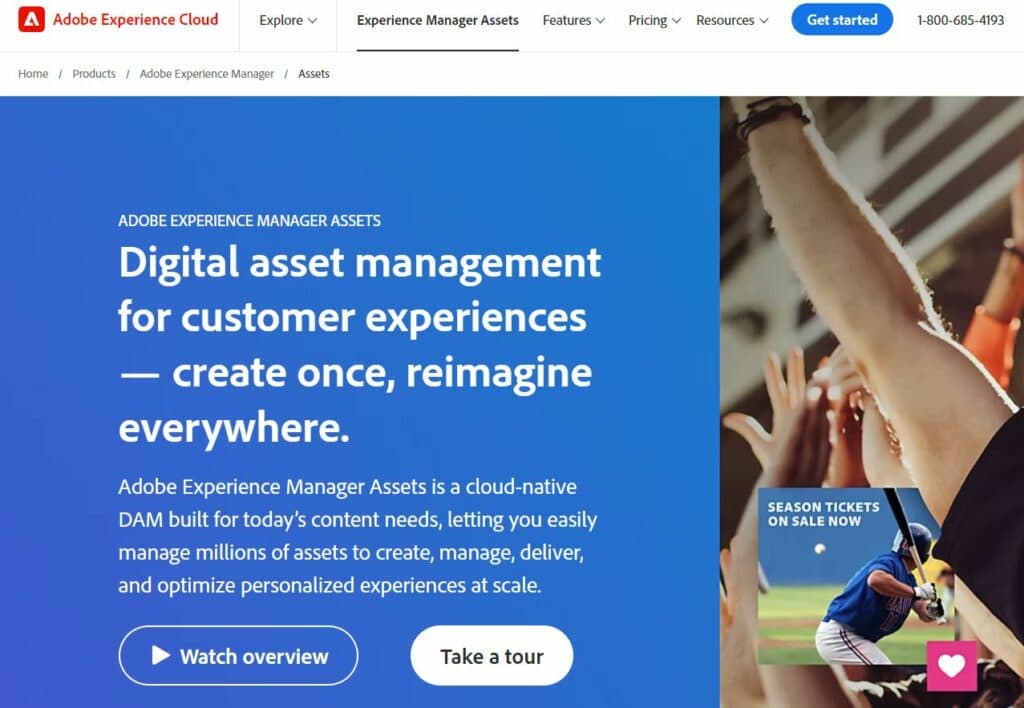
- Pros: A robust tagging tool simplifies the creation of dynamic pages
- Cons: A steep learning curve
- Price: Two options available upon request
Adobe Experience Manager Assets helps marketing teams and entire companies create hierarchical folder structures with easy navigation. It comes with simple metadata tagging features that ensure precise asset categorization.
We love its intelligent smart cropping feature that automatically spots focal points in images. That way, you can keep important elements in focus after resizing. This capability saves valuable time while preserving the integrity of visual content across different channels.
4. Cloudinary

- Pros: Quick image uploading, even in the free mode
- Cons: The price goes up quickly if you manage large media files
- Price: Free, Plus ($89), Advanced ($224), Enterprise (ask for a quote)
Cloudinary is a streamlined digital asset management software with comprehensive solutions for all types of businesses. Its key features include seamless asset organization, detailed metadata management, collaborative workflows, and numerous authorization abilities.
What sets Cloudinary apart is the efficient asset delivery through content delivery networks (CDNs). This type of high-performance delivery allows you to transfer digital assets faster and more conveniently.
5. Extensis portfolio

- Pros: You can batch rename or resize a whole image gallery
- Cons: It’s not too generous branding-wise
- Price: The Connect Assets plan costs $25 per user/month
Extensis Portfolio is an excellent DAM software for agencies that keep piling up thousands of digital files. It enables you to scale your library of digital assets, while automatic keyword tagging drastically speeds up the whole process.
At the same time, Extensis Portfolio assists you in defining usage rights and expiration dates, so you can comply with licensing agreements and copyright regulations. This feature provides peace of mind and protects businesses from legal complications related to unauthorized asset usage.
6. Bynder
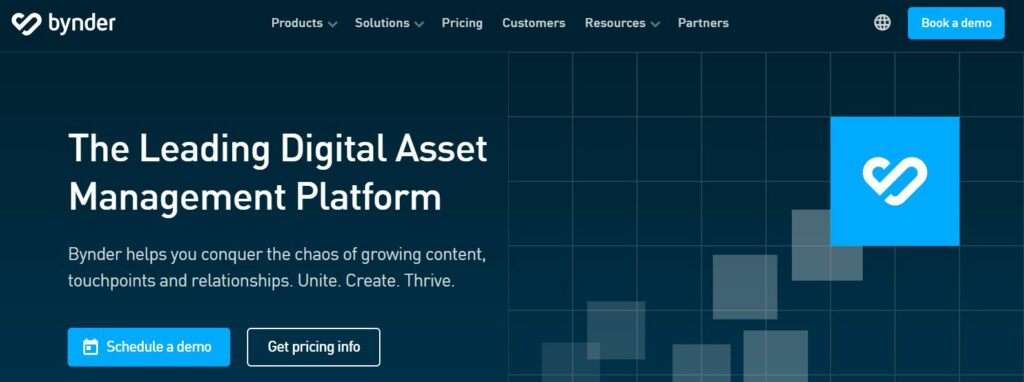
- Pros: It’s extremely quick with everything from filters to content uploads and downloads
- Cons: Setting up the taxonomy can be tricky for first-time users
- Price: Available upon request
Bynder gives you complete control over marketing assets, so you can manage and distribute content automatically across multiple channels. Apart from easy filters and searches, the platform takes care of the branding aspect of your work. With Bynder, you can customize the overall appearance of your portal to keep the user experience on-brand.
7. Wedia
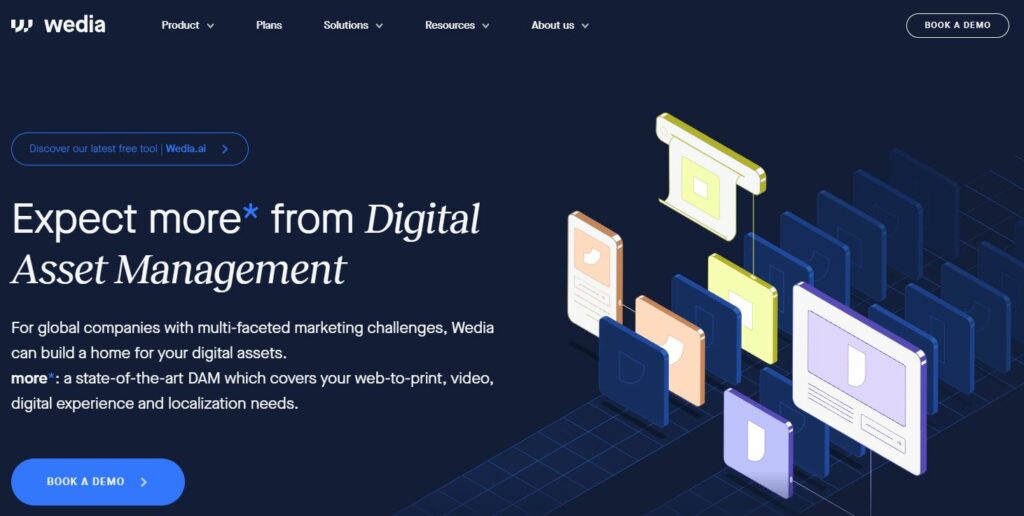
- Pros: Multilingual segmentation and online content editing in real time
- Cons: Advanced customization tools require extensive knowledge of the system
- Price: Available upon request
Wedia is a powerful digital asset management system that helps businesses manage content and optimize marketing activities. It comes with a full range of features, including AI-powered indexing and custom networks.
Unlike traditional DAM tools, Wedia offers built-in creative tools for designing and customizing creative assets directly within the platform. This feature eliminates the need for switching between multiple applications, reducing the overall complexity of your work.
8. Brightspot
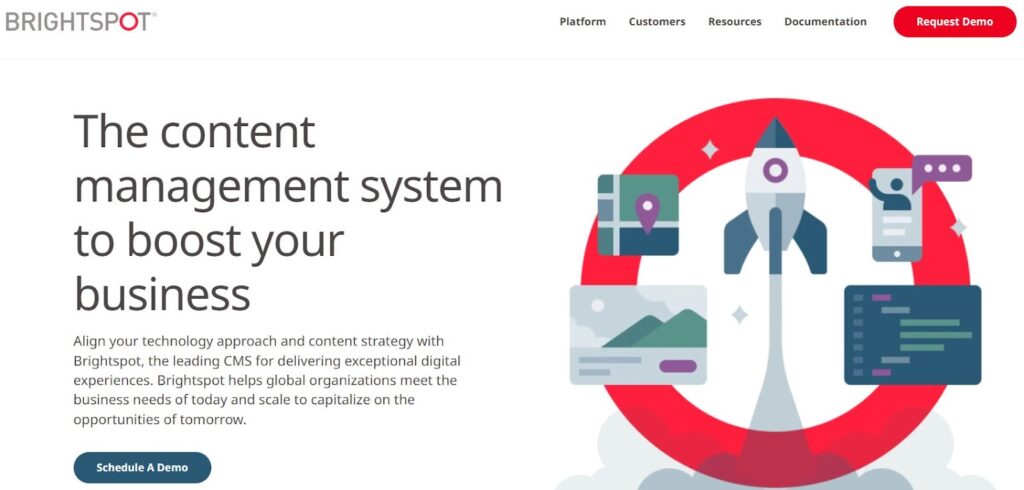
- Pros: It’s easy to set up and use
- Cons: Multiple users on review platforms complain about video content management
- Price: Available upon request
Brightspot is an all-encompassing DAM software that suits all types of marketing teams, regardless of the niche. It has a solid free version, which means you can experiment with more than a hundred pre-built content types and templates.
In addition, Brightspot gives you collaboration tools like content calendars and editorial workflows, so the entire team can work together effectively and meet deadlines. The platform also supports multi-channel publishing — you can deliver content across websites, mobile apps, social media, and other digital touchpoints from a single interface.
9. Canto

- Pros: Advanced search features backed by AI
- Cons: Uploads and content updates can get laggy sometimes
- Price: Available upon request
Canto serves as a central repository for marketing agencies and all their digital assets. It takes content search to another level thanks to factual recognition and AI, so you can find the right asset within seconds.
You can create unlimited Canto portals (each with a unique sharing link) to receive or share content with your team, other departments, agencies, or external stakeholders.
How Content Snare complements digital asset management tools
Content Snare is not a DAM platform, but it can improve your work by complementing your asset management tools and practices. Our system comes in handy when you request assets from your clients, which is usually a daunting and time-consuming task.
Standard digital asset management software can’t speed up this part of the process, but Content Snare can thanks to the advanced data gathering features. Some of these are:
- Automated content request reminders
- Pre-filling to simplify your clients’ work
- Customized design and digital marketing templates
- Approvals or rejections
- In-form conversations and clarifications
With these (and many other) features at your disposal, it’s easy to collect and manage digital assets. Once you get files and digital content from your client, you can push brand assets in with Zapier.
It’s really that simple.



